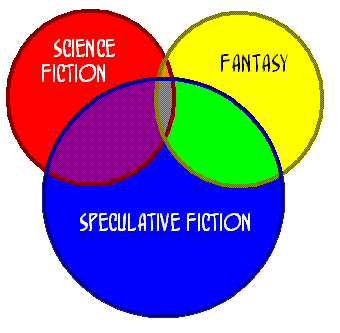The question has been bouncing around on blogs I read — most notably Dear Author and Smart Bitches, Trashy Books — as to why so many people, without ever having picked up a romance novel, instantly declare the whole genre as trashy, pornographic bodice-rippers.
Having long done exactly that, and being a recent convert to romance-reader, I believe I can answer that.
It’s the covers, both front and back.
Take this as an example:
Sienna Wainwright has one passionate night with international financier Rafe Lombardi before he unceremoniously casts her out of his bed. Sienna hopes never to see his seductively arrogant face again, but six weeks later their world changes—forever….
Rafe is no longer just a billionaire, but is revealed as the prince of Montvelatte. What’s more, Sienna is pregnant—with his twins! What choice does she have now? Rafe is determined to claim his heirs and take Sienna as his royal wife!
In two short paragraphs, several tropes are blatantly played, and the story sounds like the stereotypical one that most non-romance-readers expect in a romance novel. But this could very well be an excellently written novel with rich, engaging characters and surprising twists that take the traditional tropes and bend them in new ways. It must be doing something right — it is the number 2 best seller on eHarlequin.com.
Unfortunately, being a relatively new initiate into the world of Romance, I don’t have many examples to cite as to a great book wrapped in a terrible clinch cover with violent violet prose on the back. But, being new to the genre, I do know how hard it is to find that true gem amongst the gaudy baubles that line the shelves of the Romance section. When every back cover reads just about the same — vary only whether there’s a Secret Baby, a Marriage of Convenience, SexyVamps, or the time period — and the front covers either feature scary men in chest-baring poses clutching bored women or porn stars dressed up Regency style, it’s not hard to see where romances get their reputation. And when the books themselves are only available for a short period of time — a month or two, depending on the company and the author’s reputation — it makes it that much harder. Heck, I’m still trying to find a copy of Mr. Impossible, which is far more difficult than it should be.
Another way to think about this is to take a classic, one that is almost universally acknowledged as being well-written and enjoyable, and slap one of those terrible clinch covers on it, one of Fabio, dressed as a Regency gent, clinging to a narcoleptic Lady who is draped on his side, standing in a field of heather somewhere. Then imagine flipping it over to be assaulted by this for a back-cover summary:
HE was the ultimate gentleman, but he was as cold as ice.
SHE was a woman ahead of her time, unwilling to stoop for any man.
They were attracted by a force stronger than nature…but when scandal strikes, can the budding feelings they have for each other be saved, or will they remain forever slaves to HER Pride and HIS Prejudice?
Would you really buy that book if you saw it on the bookstore shelf? Or would you say “meh” and put it right back down? (Note: Hopefully you can tell that I’m referring to Pride and Prejudice, and if you can come up with a more groan-worthy or accurate back cover copy, please let me know and I’ll feature it here)
I don’t speak for all the people who either used to hate romance without having read it or still do. However, I think that this is a pretty reasonable explanation for the logic behind it.
Hopefully publishers will get the message — which they have, to an extent, especially with Paranormals — but I somehow doubt it. Their books sell no matter what they package them in, so there’s little motivation for change. So I’ll stick to reading Romances that have been recommended to me, and taking my chances with the rest, until the covers catch up with the content.
Side note: It’s not just Romance that suffers from this. Sci Fi and Fantasy have been suffering quite the cover conundrum lately too. In fact, I’ve avoided new Sci Fi and Fantasy for quite a while because they all have the same plot summary with a few subtle changes, and the covers are all either ridiculously boring or really terrible. Anymore, it seems like I don’t read something unless somebody recommends it to me or I recognize the author as someone I like to read.

